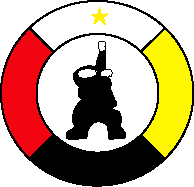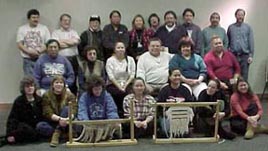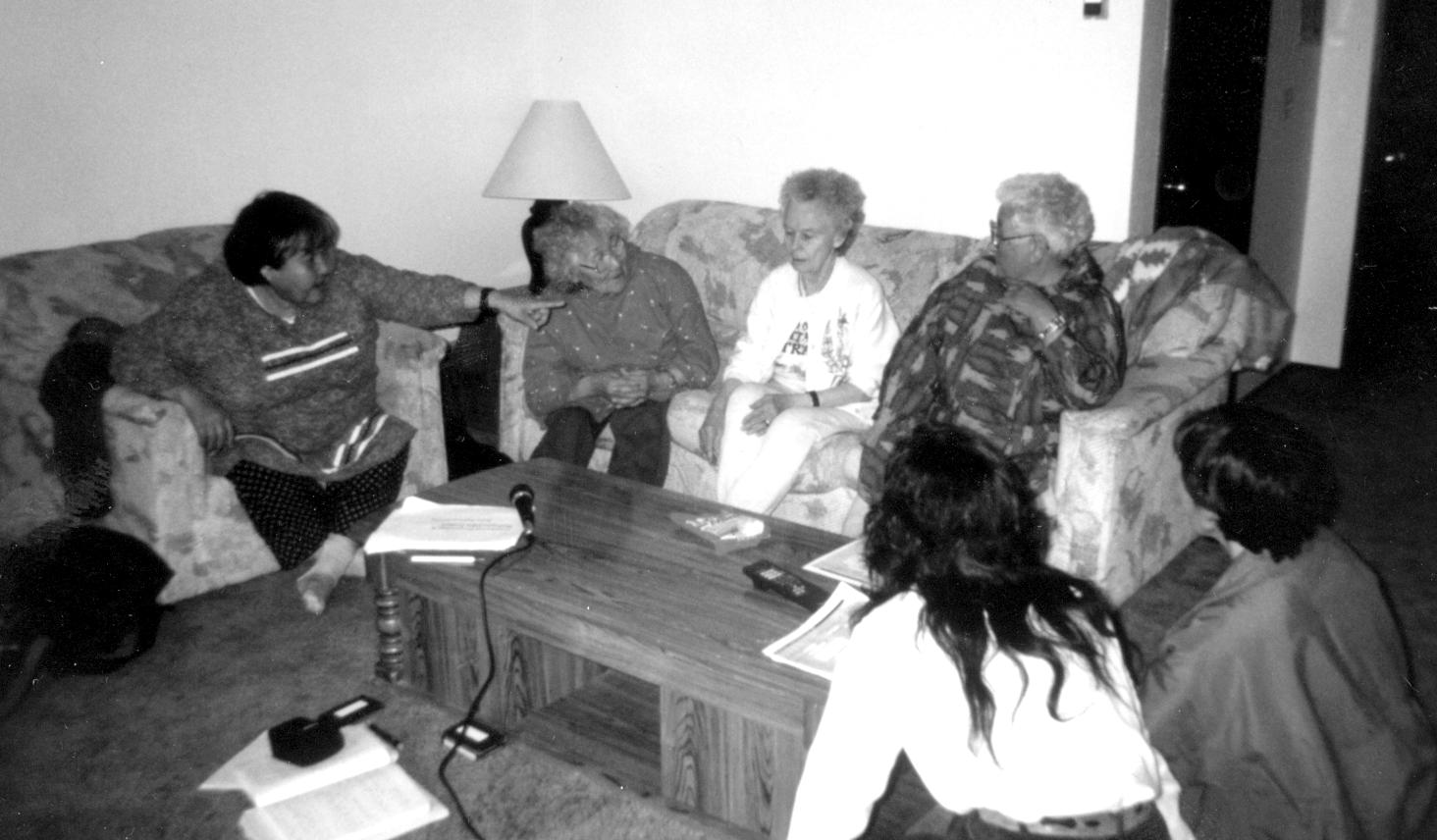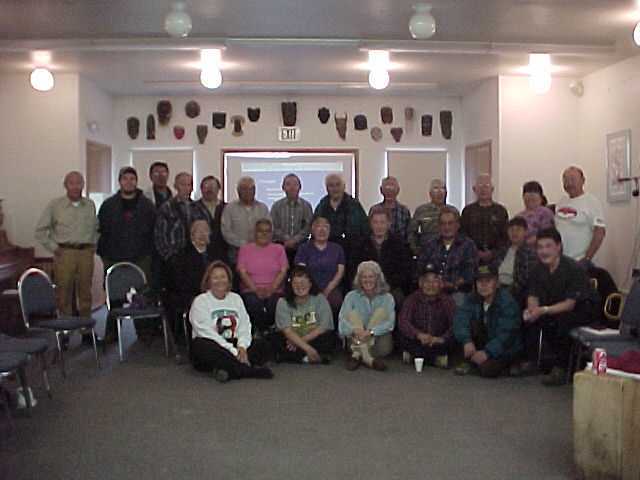 |
||||||||||||||||||||||
|
||||||||||||||||||||||
ARCTIC CONTAMINANTS
| Our
elders tell us that our earth is getting old and needs to be replaced
by a new one.
- Jerry Wongittilin, Sr., Savoonga, St. Lawrence Island The Alaska Native Science Commission, the Institute of Social and Economic Research (ISER) and the University of Alaska Anchorage recently received a three-year grant from the Environmental Protection Agency, Office of Radiation and Indoor Air for a project on traditional knowledge and contaminants, which documents Alaska Native understandings of environmental changes. The goal of this project is to build capacity among Alaskan communities in order to identify and address concerns about environmental changes and contamination. |
|
Alaska
Native leaders have repeatedly sought to bring to public attention
concerns that Alaska native communities have about contamination in
their subsistence foods. In direct response to these concerns,
the ANSC and ISER have begun the process of listening to and documenting
Alaska Native observations about contaminants and environmental change.
The most important goal of this project is to increase community ownership and trust as a result of documenting and accessing traditional knowledge. In order to accomplish this goal, the Traditional Knowledge and Contaminants project is using an in-depth, interactive process that includes meetings, education, training, outreach, documentation and funding. This community-based project will be determined by the communities so that traditional knowledge about environment changes may be collected within a social and cultural context based on information shared by recognized community experts. To allow Alaska Native communities to implement their plans for action, this project will provide a series of small grants to communities to support actions such as community education, training, sampling, laboratory testing and analysis. A final workshop at the end of Year 3 will be convened to bring together the grantees to discuss the outcomes of the action grants. During these workshops, communities will evaluate the process they used and will consider future initiatives. For more details on transboundary Arctic contaminant sources and pathways; noted recent environmental changes and the summary review of the Arctic Monitoring and Assessment Programme (AMAP) report, click HERE. Also please visit our Traditional Knowledge and Contaminants Website. |
||||||||||||||||||||||||||||||||||||
[Home]
[ANSC Origins] [Commissioners]
[Goals & Concerns]
[Contact Us] [Native
Knowledge Link]
[Arctic Contaminants]
[Traditional Knowledge]
[Eco-Tourism] [Current Projects][Past Projects]
[Research
Ethics] [Cultural
Respect]
[Newsletters]
[Presentations]
[Related
Links] [NSF
Funded Projects] [Community Directory] [AFE Material Revisited]
[Wild Food & Safety]
[Nat'l Subsistence
Wkshp] [Food
& Nutrition] [Guest
book] [Calendar
of Events]



